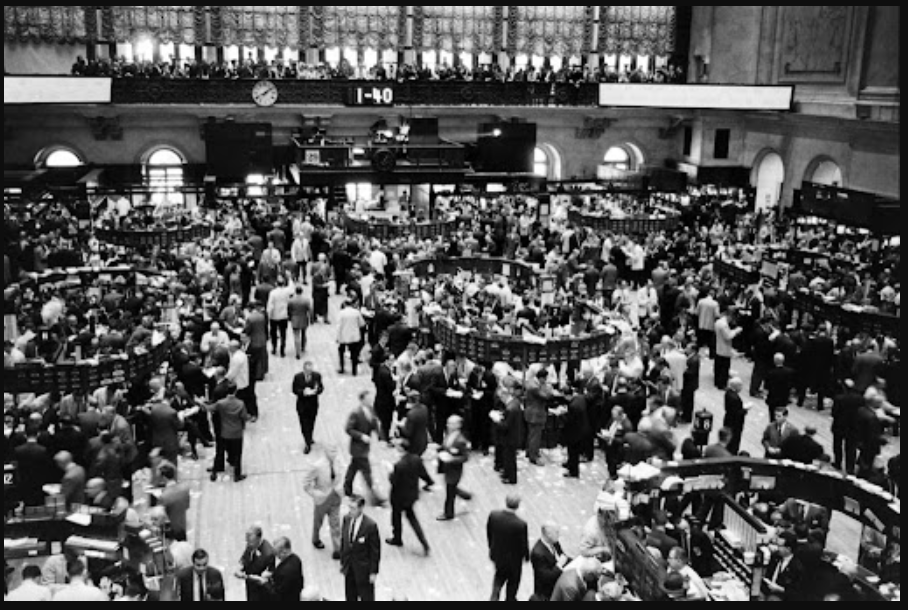
The Indian stock market, often referred to as the heartbeat of the country’s economy, has a rich and dynamic history spanning centuries. From its humble beginnings under the banyan tree to becoming one of the fastest-growing markets globally, the Indian stock market has witnessed significant transformations, shaped by socio-economic factors, political events, and technological advancements. Let’s embark on a journey through time to explore the fascinating evolution of the Indian stock market.
The roots of the Indian stock market can be traced back to the late 18th century during the British colonial era. The East India Company, established in 1600, played a pivotal role in laying the groundwork for organized trading in securities. The Company’s shares were actively traded among merchants and investors in Bombay (now Mumbai), Calcutta (now Kolkata), and Madras (now Chennai). These informal gatherings of traders laid the foundation for what would later become formal stock exchanges.
The 19th century witnessed the establishment of formal stock exchanges across India. The Bombay Stock Exchange (BSE), Asia’s oldest stock exchange, was founded in 1875 as the Native Share and Stock Brokers’ Association. It started under a banyan tree in Mumbai and later moved to its iconic building at Dalal Street. The BSE played a crucial role in facilitating capital formation and investment opportunities for Indian companies.
In 1908, the formation of the Calcutta Stock Exchange (CSE) marked another milestone in India’s stock market history. Subsequently, the Madras Stock Exchange (MSE) was established in 1920, further expanding the reach of organized trading in India.
Following India’s independence in 1947, the government embarked on a path of economic development and regulation of the financial markets. The Securities Contracts (Regulation) Act was enacted in 1956, laying down the legal framework for securities regulation and the establishment of stock exchanges. This period also saw the nationalization of major banks and the introduction of socialist economic policies, which had a significant impact on the functioning of the stock market.
The early 1990s marked a turning point in the history of the Indian stock market with the introduction of economic reforms and liberalization measures. The government initiated a series of policy changes aimed at opening up the economy, attracting foreign investment, and promoting capital market development. The Securities and Exchange Board of India (SEBI) was established in 1992 as the regulatory authority for the securities market, heralding a new era of transparency, investor protection, and market integrity.
The National Stock Exchange (NSE), India’s first electronic exchange, was inaugurated in 1994, revolutionizing the trading landscape with its automated trading system and nationwide reach. The introduction of online trading platforms further democratized access to the stock market, enabling retail investors to participate directly in trading activities.
The Indian stock market has experienced several boom and bust cycles driven by domestic and global factors. The dot-com bubble in the late 1990s, followed by the global financial crisis in 2008, and the recent COVID-19 pandemic-induced market volatility are notable examples. Despite periodic downturns, the Indian stock market has demonstrated resilience and long-term growth potential, attracting domestic and international investors seeking opportunities in one of the world’s fastest-growing economies.
Looking ahead, the Indian stock market is poised for continued growth and innovation. The government’s focus on infrastructure development, digitalization, and reforms to enhance ease of doing business bodes well for capital market expansion. Technological advancements such as blockchain, artificial intelligence, and big data analytics are expected to reshape the landscape of stock trading, offering new avenues for investment and risk management.
The history of the Indian stock market is a testament to the resilience, adaptability, and dynamism of India’s economy and financial system. From its modest beginnings under the banyan tree to the present-day electronic trading platforms, the Indian stock market has come a long way, driven by a combination of historical forces and modernization efforts. As India continues on its path of economic growth and development, the stock market will remain a key engine of prosperity, providing opportunities for investors and contributing to the nation’s progress.